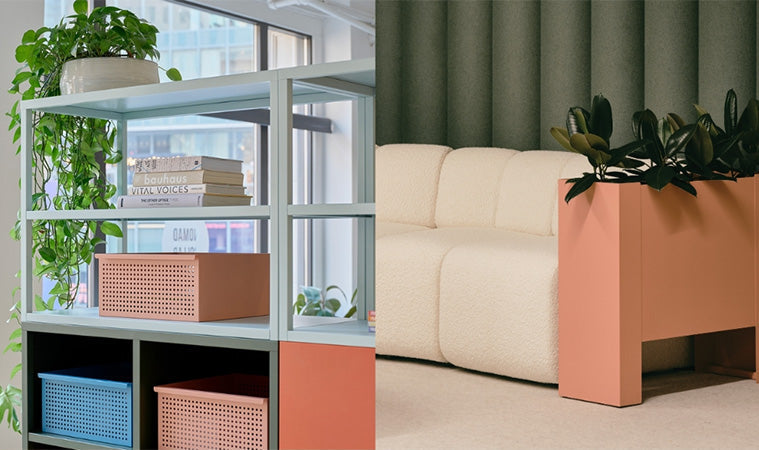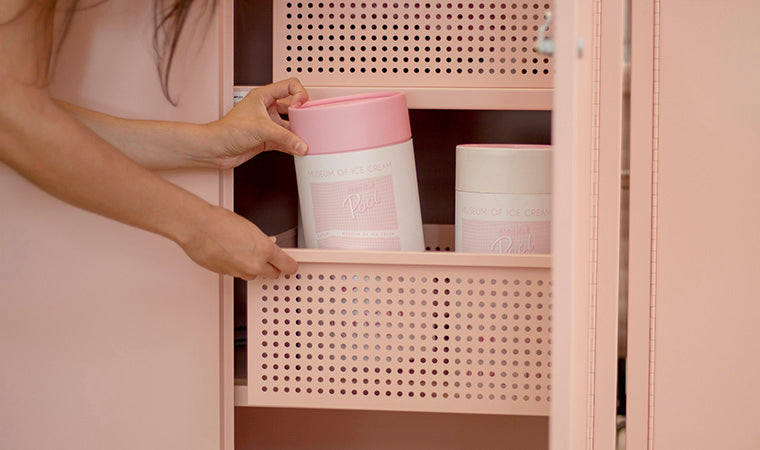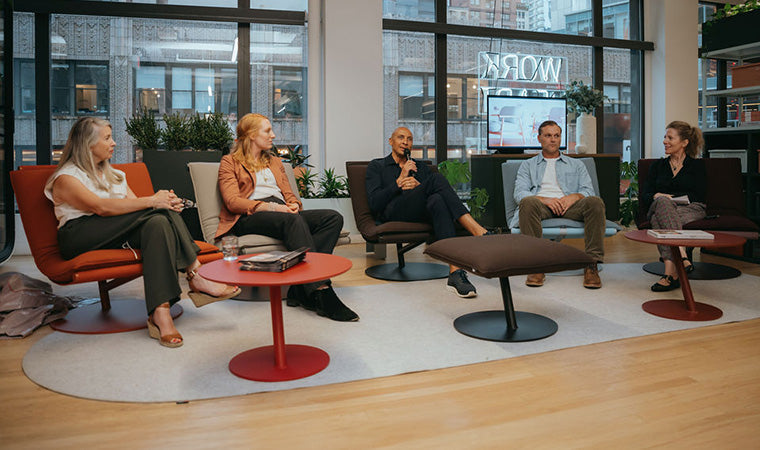In the competitive world of tech, companies need offices that look really cool to attract top talent. But they also need offices with functional design so that they can get the most out of those talented employees by providing them with the kind of workspace that fosters productivity. Boor Bridges Architecture (http://www.boorbridges.com) , a San Francisco-based practice whose clients include StumbleUpon (http://www.stumbleupon.com) , Dropbox (http://www.dropbox.com) and Stripe (http://www.stripe.com) , is familiar with the challenges of designing for the tech biz. Principals Seth Boor and Bonnie Bridges give us the inside scoop, plus useful tips for those who are setting up an office without the help of a design professional.
1. What are the biggest challenges in designing an office for a tech company?
Seth: I would say that the biggest challenges revolve around workstation design. As companies have moved away from hard offices, and then even further away from cubicles to truly open workstations, we find that the biggest design concern is providing a sense of community while still allowing for private, introverted spaces to which employees can retreat. The open workstations also add the functional challenge of providing code compliant power and, to a lesser extent, data to the workstations.
Bonnie: I think that the biggest challenge is getting them to see beyond the way they currently occupy/use/see their workspace. This is often due to the fact that their office is the only designed space (or not designed) that they've been in and they often use their existing space as a measuring stick for their new space; i.e., we never have big meetings so we don't need a big meeting room and we've been fine with the one we have now. The opposite of this is the client that has seen someone else's office design (even if it is one of ours) and says I want my office to look like ___, clearly not understanding the whys behind the design.
Photographer: Bruce Damonte
Architect: Boor Bridges
Interior Designer: Geremia Design
2. When you work with a new client, how do you determine the right look for their office?
Seth: We have an extensive “homework process” for our clients at the beginning of a project. The exercise is designed to draw out as much aesthetic information we can gather about the company’s function, culture, history, and where they see themselves going in their new space. We also spend a good amount of time getting to know the existing conditions at the space they are going into. We feel that good design draws from and balances the differences between what a client wants and what they have to work with.
3. Having a cool office is an important in attracting top talent. What are some of the coolest things you've done for clients?
Seth: Well, I think there are different levels of cool. Some people would point to the creative amenities we work with clients to provide, such as: dedicated band rooms, in-house café spaces, full commercial kitchens, and exercise rooms. For me the simplest and best “cool” thing we do is provide space that functions well for work while challenging the assumptions about “Office Space”. Several of our projects eliminate entirely the fluorescent lighting, wall-to-wall carpet, and dropped ceiling of offices past. And, they are still effective work spaces.
Bonnie: Introspective work spaces. In the HQ for Stripe (http://www.stripe.com) , we have designed many introspective places to work as group/team spaces. We worked with founders to understand the nature of their work (mostly programming) and while they are a young start up and want a communal office, they recognized the need for quiet, internal, introspective spaces. Their new HQ has a myriad of these from super private code caves (small work rooms with small desk and chair) to code caves without doors, to booths that face out to the city, to study tables that use lighting to create the feeling of privacy at a community table.
4. What advice would you give someone who is outfitting an office without the help of an architect like you?
Seth: Without an architect my advice would be threefold: - Keep it dead simple – don’t worry it will get rich and complex all on its own - MOCK IT UP BEFORE YOU BUY. Anything you can do to illustrate what you are planning in your space at full scale will be extremely valuable. Even architects and designers sometimes have trouble jumping scale from drawing to reality. Especially if you are not working with a designer you need to experiment with real pieces and sizes before you buy for the whole space. - Leave some room to breathe – don’t do everything at once. Do the important stuff and leave something to do later once you have lived in it. Resist the urge to design every last nook and experience. You will be here for a while let it evolve.
5. What is your favorite Heartwork product and why?
Bonnie: I love the various storage components for their ability to organize stuff in a playful way.








